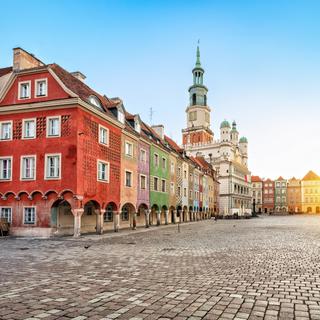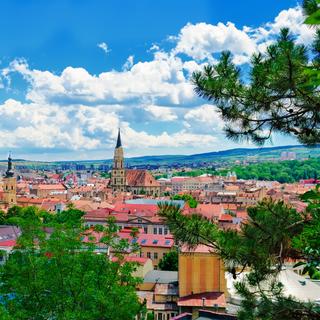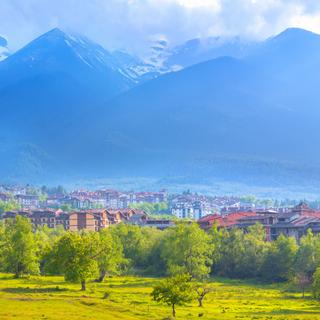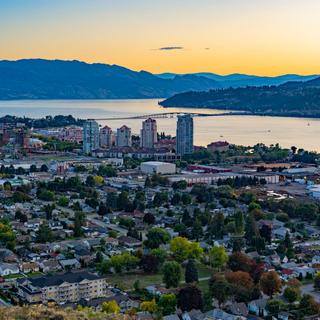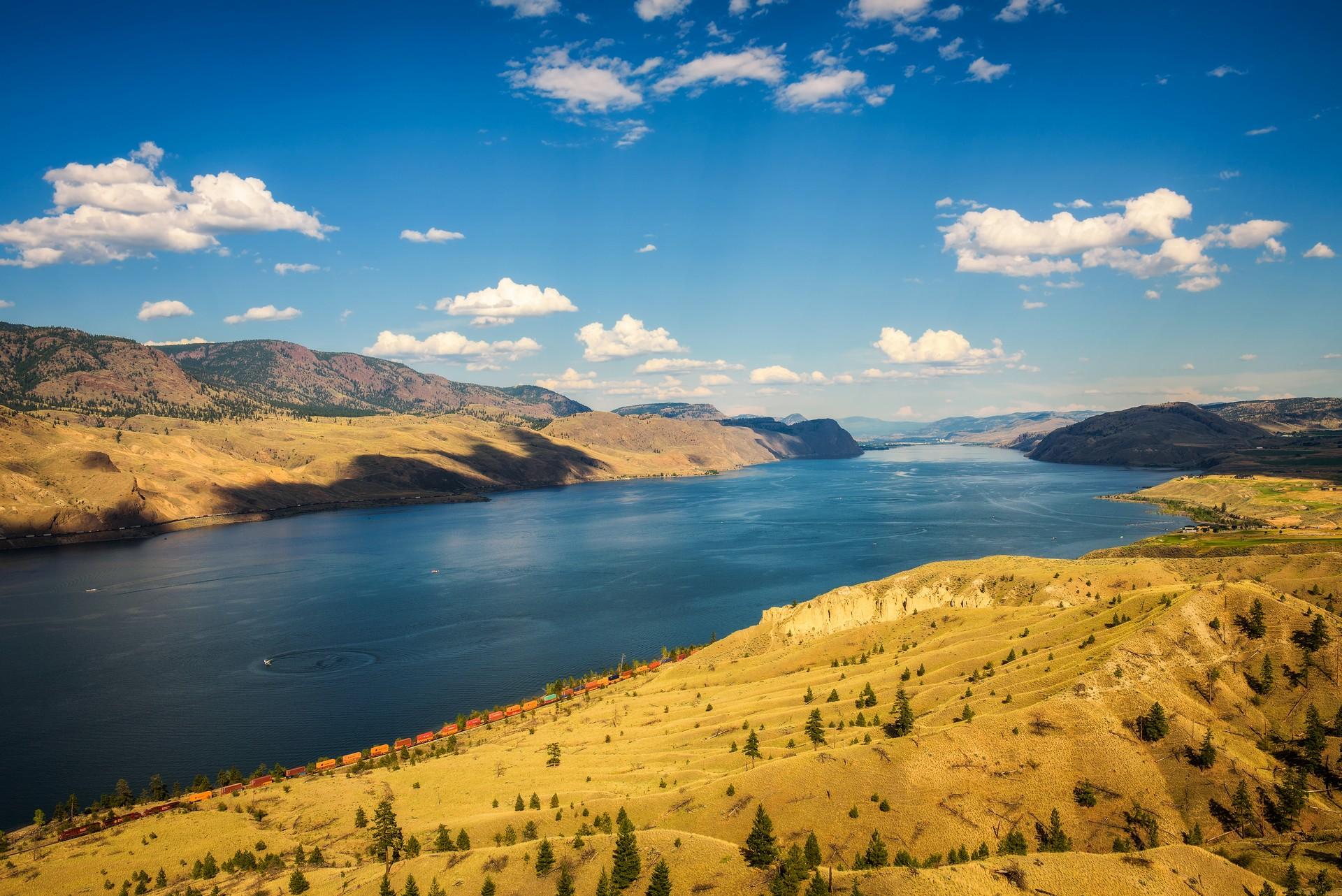
Kamloops weather and climate in 2025

Kamloops weather and climate in 2025
Day
26 °C
Night
11 °C
Precipitation
26 mm
in month
Rainy days
7 days
in month
Daylight
14 hours
average
Sunshine
9 hours
average
Humidity
56 %
Weather charts for Kamloops
Destinations nearby and activities
Destinations nearby
Activities in Kamloops

Find more destinations like this
Destinations with similar weather to Kamloops
Other destinations in British Columbia - Mountains - Canada
Closest cities for Kamloops
Last week's weather in Kamloops
The average temperature for the week of 30 June 2025 - 6 July 2025 was 29 °C (84 °F) during the day and 14 °C (57 °F) during the night. These temperatures are above the long-time average for Kamloops, being 24 °C (75 °F) for daily temperatures and 11 °C (52 °F) for night temperatures. The hottest days of the week were Tuesday and Monday in the beginning of the week. The average temperatures observed during different times of day (based on local time) were as below: 7am 17 °C (63 °F), 10am 21 °C (70 °F), 1pm 26 °C (79 °F), 4pm 28 °C (82 °F), 7pm 27 °C (81 °F), 10pm 21 °C (70 °F).
There were 7 days without rain during this week. Kamloops received 0 mm (0.00 in) of precipitation throughout the week, which is below its long-term average of 10 mm (0.39 in). The daytime hours (from dawn to dusk) had an average cloud coverage of 51 %.
Average speed of wind was 2.5 m/s. The air pressure varied between 1002 hpa and 1022 hpa. On average, the air humidity in Kamloops was 45 %.
During the daytime (from dawn to dusk), there were in average: 6 hours clear skies, 2 hours partially overcast skies and 9 hours overcast skies. On average, the time of sunrise was 04:54, and the time of sunset was 21:16.
Weather overview for Kamloops
Weather overview
Kamloops, situated in Canada, boasts a temperate continental climate with a diverse range of temperatures and rainfall patterns throughout the year. Average daytime temperatures span from approximately -2 °C (28 °F) in the chilling month of December, peaking to a warm 26 °C (79 °F) in July. At night, the chilliest month is January with an average low of -8 °C (17 °F), while July nights are milder at 12 °C (53 °F). The driest month, March, experiences a mere 6 days of rainfall, contrasting with the more precipitous December where rain falls on 10 days. This climate data provides a snapshot of the varied weather one might expect in this region.
January weather
As we look to the sky in January, we note the commencement of both a decrease in the number of rainy days, recorded at 9 days, and a reduction in rainfall volume, which stands at 25 mm (0.98 in). The lowest night temperatures of the year occur in this month, while the number of cloudless hours steadily increases.
February weather
In February, a noticeable decline in rainy days continues, with only 7 days of rain, whereas the lowest amount of rainfall is seen this month, amounting to 14 mm (0.56 in). A gradual upturn in both daytime and night-time temperatures is evident, along with an increase in cloud-free sunlight hours.
March weather
The number of rainy days reaches its annual low at 6 days. Observing the ascent in nocturnal temperatures, we find them at -2 °C (28 °F), paralleling the ascent in day temperatures recorded at 9 °C (47 °F). The accumulation of sunny hours continues its upward trajectory.
April weather
Kamloops sees a rise in day temperatures, hitting a pleasant 14 °C (57 °F), and nights become milder with an average temperature of 1 °C (33 °F). A marked increase in the presence of the sun is registered, with sunny hours reaching 6 hours. Notably, the highest wind speeds of the year occur in April.
May weather
With the onset of the tourist season, day temperatures see further elevation to 19 °C (66 °F), accompanied by a rise in night temperatures to 6 °C (42 °F). The start of an uptick in rainfall is also observed, signifying a shift in precipitation patterns. The sunny hours continue their ascendant path.
June weather
With the tourism season in full swing, June experiences its most significant rainfall. The ascent in night temperatures persists and is matched by the day temperatures’ continued rise. Sunny hours peak along with the length of the day.
July weather
July is a defining time in Kamloops’ tourist season, with a modest decline in rainfall levels. Temperatures reach their annual zenith, both during the day and at night. Maximum sunshine hours are evident, making outdoor activities particularly enjoyable.
August weather
As summer reaches its latter half, August sees a slight reduction in rainy days and a concurrent drop in rainfall volume. The start of a cool-down in night temperatures is also apparent. The amount of sunshine experienced begins to diminish.
September weather
September's weather in Kamloops reflects a subtle shift with the decline of day temperatures visible, as well as a noticeable decrease in night warmth. The downward trend in sunshine hours continues, complementing the change in seasons. Additionally, wind conditions are at their calmest.
October weather
The fall season in Kamloops brings a continued descent in temperatures for both day and night. The diminishing sunny hours further accentuate the autumn feel.
November weather
The number of rainy days begins its ascension in November, and with it, a rise in rainfall volume is also recorded. The cooling trend in temperatures persists, reinforcing Kamloops’ distinct autumnal atmosphere.
December weather
December, the peak of Kamloops's cool season, witnesses the most rainfall days, the trough in daily temperatures and an intensification of humidity. The shortest sunlit days of the year add to the wintry environment.
FAQs
What’s the trend in January regarding rainfall and sunshine?
In January, one can observe a decline in rainy days to about 9 days as well as a reduction in rainfall amounts to 25 mm (0.98 in). Additionally, the duration of sunny periods begins to extend.
How does February fare in terms of temperature changes and sunlight in Kamloops?
February marks the start of rising temperatures with an average day high of 2 °C (35 °F) and night low of -6 °C (20 °F), complemented by an increase in sunny hours to 3 hours
Is there an upward trend for temperatures and sunshine in March?
Yes, March experiences rising temperatures, with night-time lows averaging -2 °C (28 °F) and day-time highs around 9 °C (47 °F), while sunny hours increase to a mean of 4 hours
How does April stand out in terms of wind speeds compared to other months?
April distinguishes itself with the peak wind speeds for the year, averaging 3
How do daily temperatures and sunshine hours evolve during the beginning of the tourist season?
The tourist season introduces warmer day temperatures of 19 °C (66 °F) and higher night temperatures around 6 °C (42 °F), along with a lengthening of cloud-free daylight hours to 8 hours
Considering Kamloops' weather, is June a good time for tourists to enjoy sunny weather?
Absolutely, June offers extensive sunny periods with around 8 hours of sunshine, making it appealing for tourists despite the noticeable rainfall
What is the weather typically like in Kamloops during July?
July in Kamloops is typified by abundant sunshine, averaging 10 hours of clear sun, and warm temperatures, which peak at 26 °C (79 °F) during the day
Does August mark the beginning of a transition in Kamloops' weather?
Indeed, August signals a mild downturn in both rainfall and temperature, hinting at the approaching end of the summer season.
What changes are indicative of the altering seasons in Kamloops during September?
September ushers in milder day temperatures averaging 20 °C (68 °F) and cooler nights at around 7 °C (44 °F), supporting the gradual seasonal transition.
In the context of seasonal change, what October weather can one expect in Kamloops?
October in Kamloops features a clear retreat in temperatures with 3 °C (38 °F) by day, becoming crisp, and a further reduction in sunny hours to 4 hours.
How does November weather prepare Kamloops for the approaching winter?
November sees an increase in both rain frequency and volume, coupled with continuing temperature declines, as it ushers in the winter season.
What winter conditions does December bring to Kamloops?
December envelops Kamloops in winter's embrace with the most frequent rain, lowest daytime temperatures, enhanced humidity and minimal sunshine.
